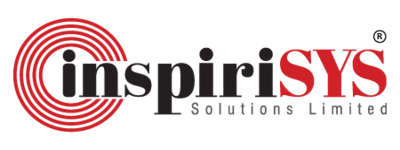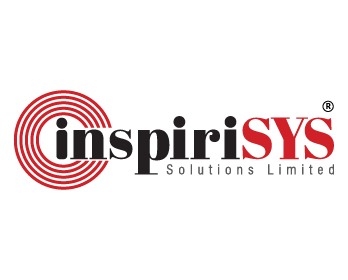What is IT Infrastructure Management?
Part of the responsibility of running a company’s IT operations smoothly includes the increase in the business value through the rationalization of recovery and information reports, providing proactive and agile responses to exploit information technologies and, and quickly adapting to allow a better experience for consumers. To achieve this great commitment, leadership is based on the large number of material and intangible elements that make up the spine of an organization, the IT infrastructure.
IT infrastructure consists of all the elements that support the administration and usability of data and information. These include hardware systems and physical installations (including data centers), data storage and recovery, inherited interfaces and software to support a company's commercial goals. The structure also includes assumptions, training, politics, tests, processes, updates and repairs.
IT infrastructure management includes the management of IT policies and procedures, quipment, data, human resources and external contacts necessary to ensure the smooth and efficient running of IT operations. Investing in cloud-based infrastructure management tools can help simplify and optimize your infrastructure management activities.
Components of IT Infrastructure Management
- Computer Hardware Platforms: Includes desktops, laptops, mobile phones and all other hardware components.
- Enterprise Software Applications: Includes all software programs used by the IT organizations - SAP, Microsoft etc.
- Operating System Platforms: It provides a basic graphical user interface (GUI) that allows users to more easily communicate with the computer and use all its functions.
- Data Management and Storage: Collect and aggregate data and use it to track and retain more information about your organization's operations, security, and business performance.
- Networking and Telecommunications: Handle both virtual (servers) and physical (telephones, routers, cables) networking infrastructure with ease.
- Consultants and System Integrators: You have a guide to walk you through the usually complicated operations of ITIM and managed IT services.
- Internet Platforms: The Internet platform includes a number of infrastructure elements that are specifically accessed through the World Wide Web.
IT Infrastructure Management Services
Today's leading IT organizations choose infrastructure management solutions that help automate and streamline processes, increase efficiency, and reduce costs.
Why choose Inspirisys?
- Faster infrastructure deployment: Infrastructure management tools determine the exact requirements of your application and configure it correctly, saving you installation and configuration time.
- Simplified operations: by legacy systems and allow administrators to exclude them, simplifying the data center.
- Increased productivity: Identify redundancy and points of failure caused by legacy systems and allow administrators to exclude them, simplifying the data center.
- Seamless integrations: Get an end-to-end tool that can "see" the entire data center and predict how your interlocking systems affect each other to give smooth integrations.
- A single dashboard for the entire infrastructure: Manage the entire centre on a single screen and dashboard.
Advantages of IT infrastructure management
- By monitoring your system, you can better manage performance and make strategic changes to proactively respond to technical issues and limitations. If done well, the goal is to predict and plan for future demand while maintaining predictability and minimizing downtime.
- Proactive IT infrastructure management ensures that your system will run at peak performance for longer than a system without proper management. Following best practices such as maintenance and update plans, documentation logs, and monitoring infrastructure can ensure that your IT investment meets its expected life cycle. Proactive infrastructure management can save your company time and money. You can save money during and after the problem is resolved.
- When you adopt IT infrastructure management best practices, your business can run more smoothly. Apply IT best practices to programs, document and inventory management, knowledge bases, monitoring and management systems, so that IT resources can operate at optimal efficiency.
- Your IT staff spend less time responding to one fire at a time, and spend more time on minimizing risk. In other words, it allows smaller teams to manage more effectively while still providing predictable results. You can achieve success with fewer IT staff (and less IT salaries).
And much more. A stable and strong IT infrastructure is critical to the success of your company. Strategic infrastructure management is critical, and wise investment in determining success or failure.






